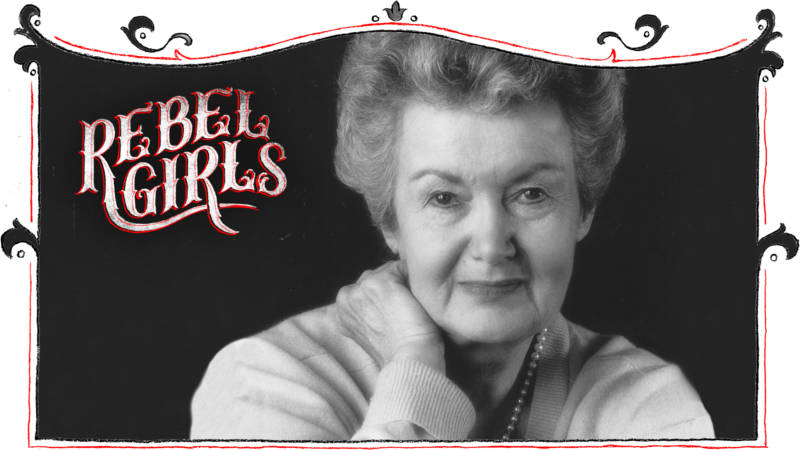Despite the popularity of Brinker’s food service at the church, POH was forced to find a new base in 1987 after homophobic parishioners complained about the large number of gay men congregating there. Undeterred, Brinker soldiered on and, assisted by philanthrophist James Hormel and a $125,000 donation from Chevron, moved POH to a building on Market St. Though Brinker said that “it was really quite a while” before she could find volunteers to assist her, once POH moved to the new location, she quickly found herself with 100 eager pairs of helping hands. Together, they were able to make and distribute 2,200 meals a day, propelled by the simple idea that food is love.
Though POH was the first non-profit to ever provide meals and nutritional information to people living with HIV, it was clear early on how great the need for the service was. Between 1986 and 1988, POH’s budget swelled from $70,000 to $1 million. Brinker once told Time magazine simply, “You have to go out and beg.” One of the keys to POH’s early survival, however, was the support of LGBTQ venues around San Francisco that pitched in with regular fundraisers. Four decades on, that POH continues to feed those in need around the Bay is a testament to Brinker’s original organizational abilities and the community efforts that have kept her charity afloat.
B
rinker first moved to San Francisco — “my kind of town” she once said — from Chicago in 1955, aged 33. Two years later, she married her husband Jack, with whom she had two daughters. The Brinkers owned and ran an antique store, but by the mid-1970s, Ruth was managing a Meals on Wheels center. That led to a later position as director for a homeless food program at Trinity Church. These jobs undoubtedly provided the inspiration for POH. Not only did Brinker understand the importance of providing food to those in need, she also understood that a human touch was essential too. She encouraged POH volunteers to spend time with the people they were delivering food to.
The impact of the organization was swift and deeply felt. In 1989, POH expanded to also serve Alameda County. That same year, after the Loma Prieta earthquake, the project provided food to residents whose houses had been destroyed. The following year, it joined forces with the seven-year-old Food Bank at the San Francisco AIDS Foundation which, at that time, was already distributing bags of groceries to 600 people every week. By 2000, POH was also serving seniors all over San Francisco, as well as people with a variety of debilitating diseases, cancer, diabetes and heart disease included.
Today, POH is still thriving, providing an astonishing 2,600 meals and 200 bags of groceries per day, seven days a week, thanks to the tireless efforts of 110 staff members, and the 125 dedicated volunteers that show up daily. But it’s also reliant on the kindness of the community — two thirds of its funding still comes from public donations. Its success has inspired the founding of “dozens” of similar organizations across the country, as well as in places as far flung as the UK and South Africa.
For a period in the ’90s, Brinker also set up and ran Fresh Start Farms, a 1/4-acre plot on the corner of Ellis and Divisadero that grew designer greens (including nasturtium, mustard, rosemary, borage, and calendula) to sell to high-end restaurants. The farm exclusively employed refugees and people recovering from periods of homelessness. But it is Project Open Hand that Brinker will always be best remembered for.
Ruth Marie Brinker died on August 13, 2011 at the age of 89, after enduring a series of strokes. Her ashes were scattered at Golden Gate Park’s AIDS Memorial Grove. The outpouring after her death was enormous.
“I have walked in the Pride Parade with many, many contingents,” attorney Bill Ambrunn said, “including with popular elected officials and celebrities. But it was never like the experience walking with Ruth as part of the POH contingent. All along the parade route, you could hear people crying out, ‘We love you Ruth. Thank you Ruth.’ People clapped and cheered enthusiastically for the tiny little lady waving from the car. They knew her and knew her story and loved her. Even if they didn’t actually know her, many of them knew people she helped care for.”
Brinker remained modest throughout her life, regardless of the appreciation she received from others. “I always try to do things that need to be done,” she told The Noe Valley Voice in 2006. “It seemed to me that this needed to be done, and I did it.”




